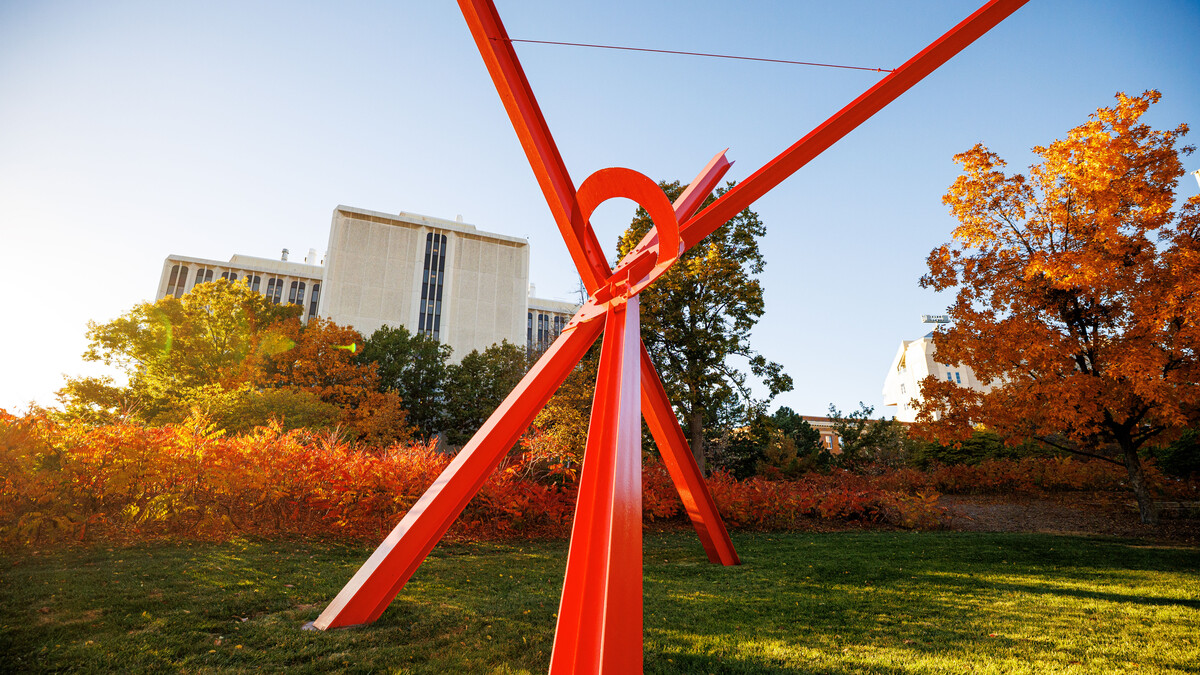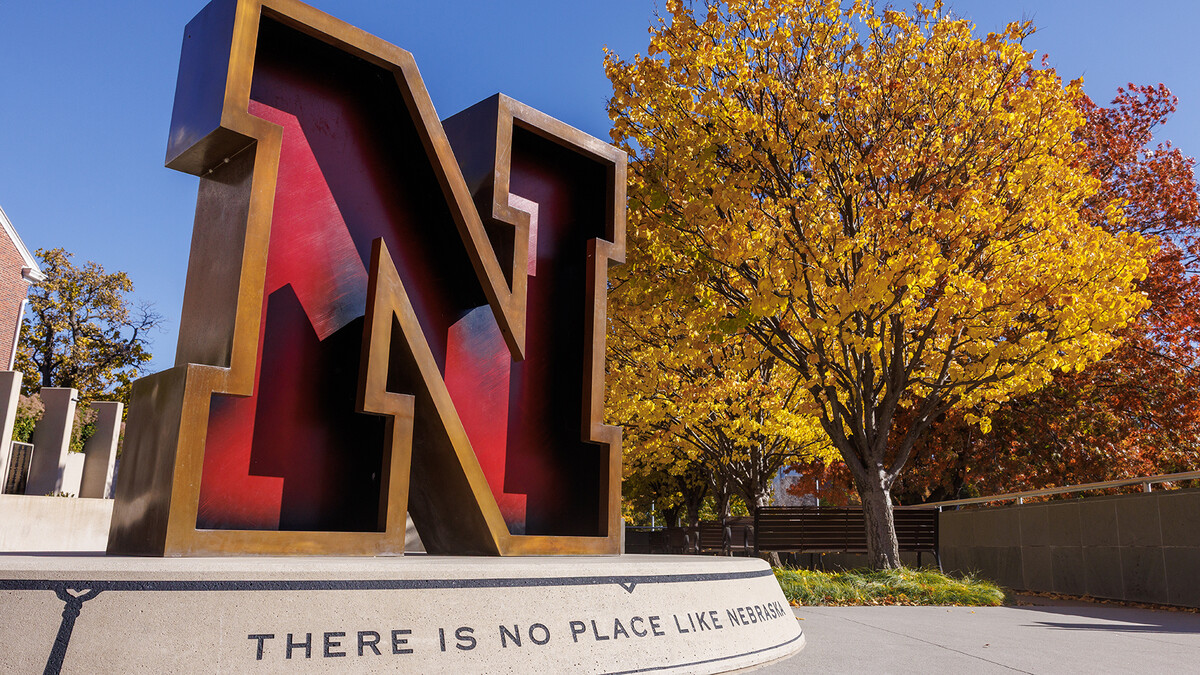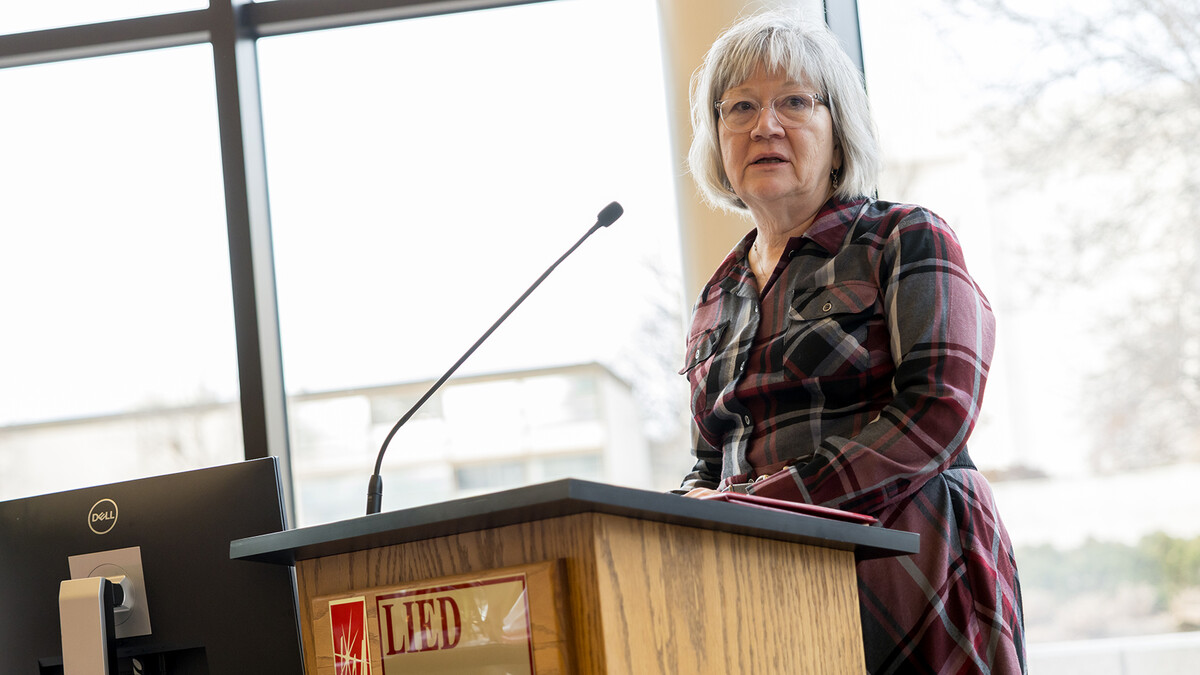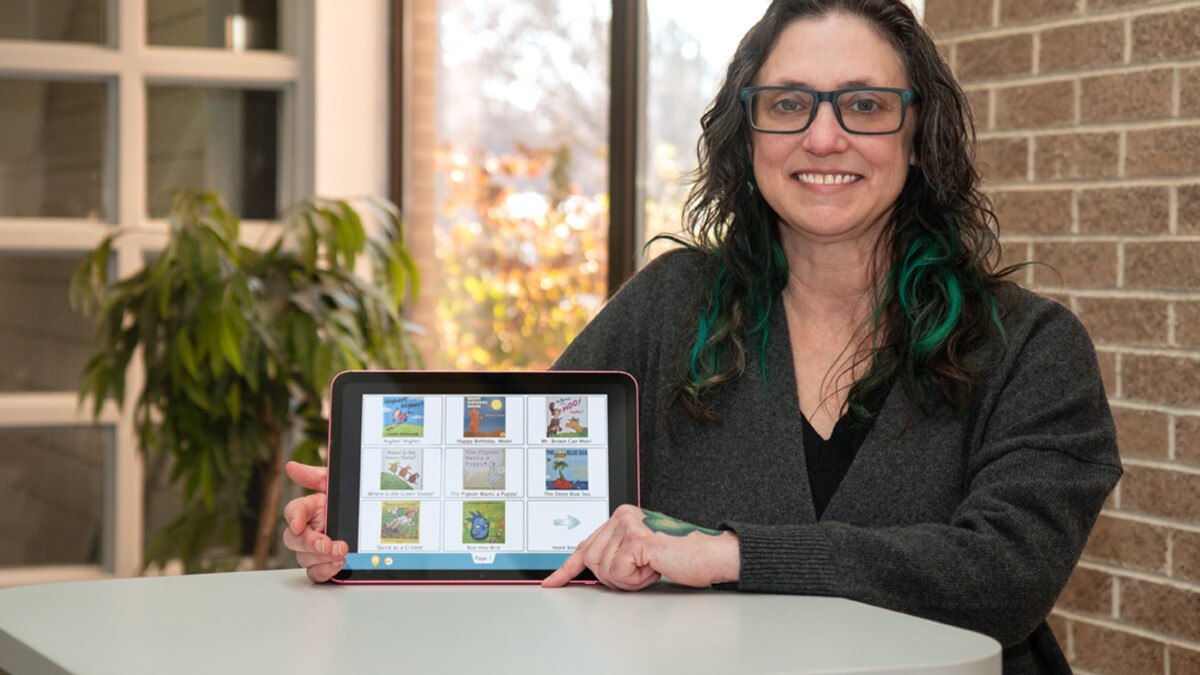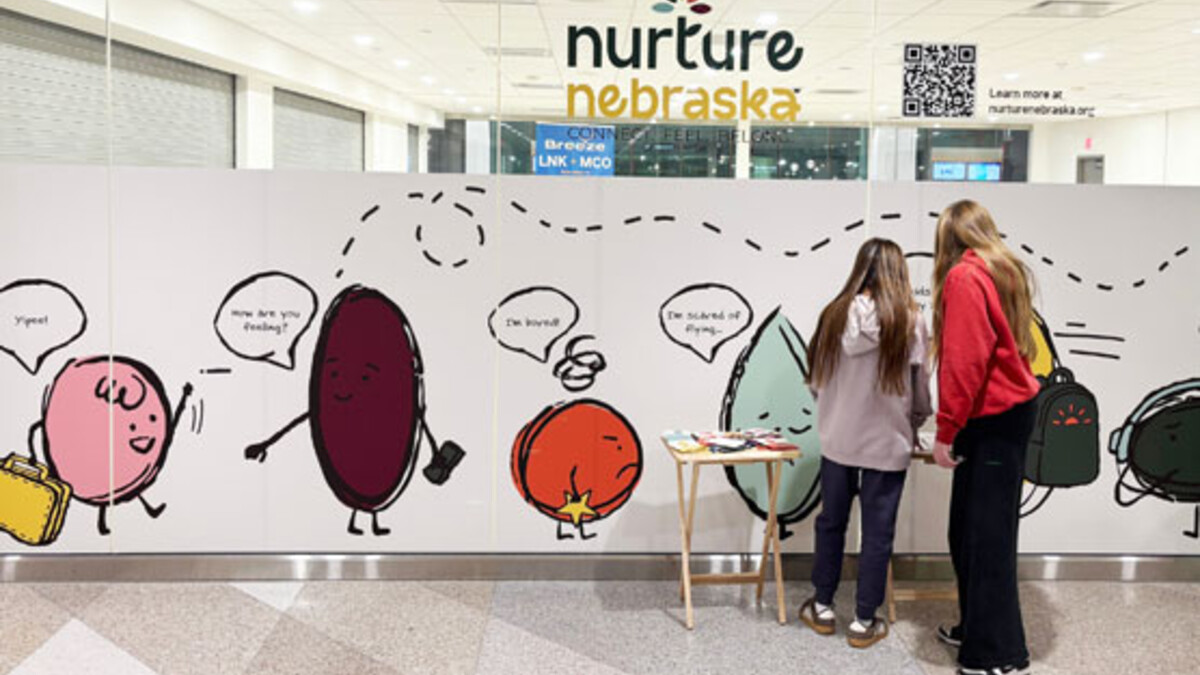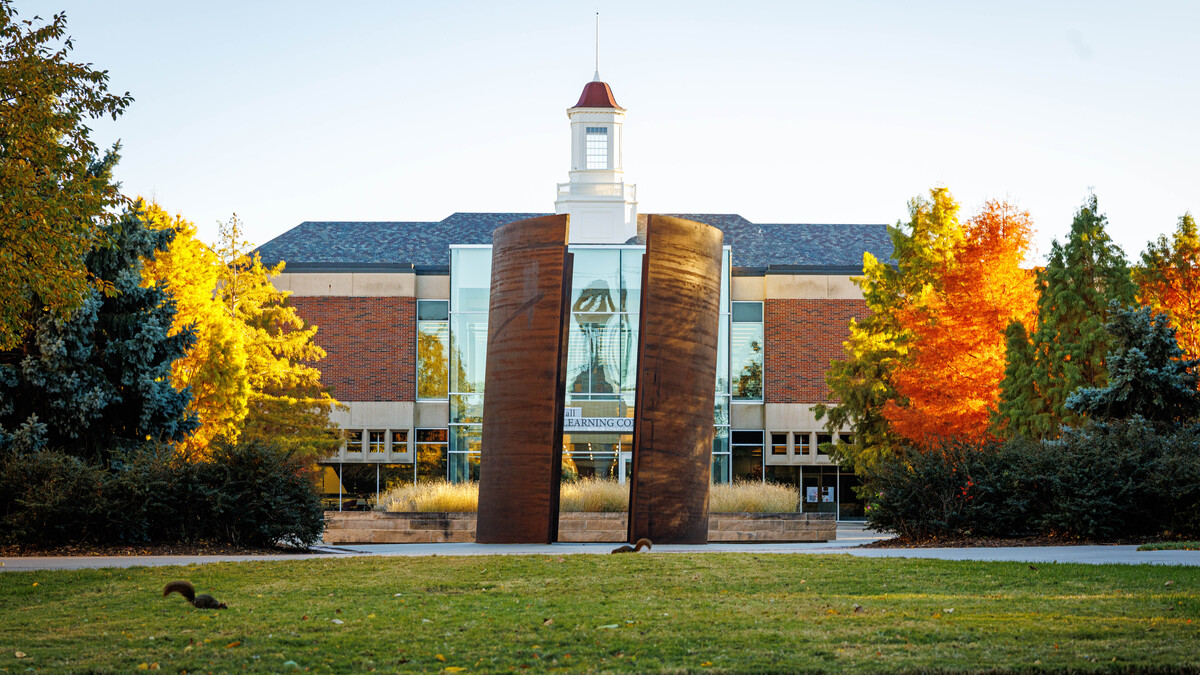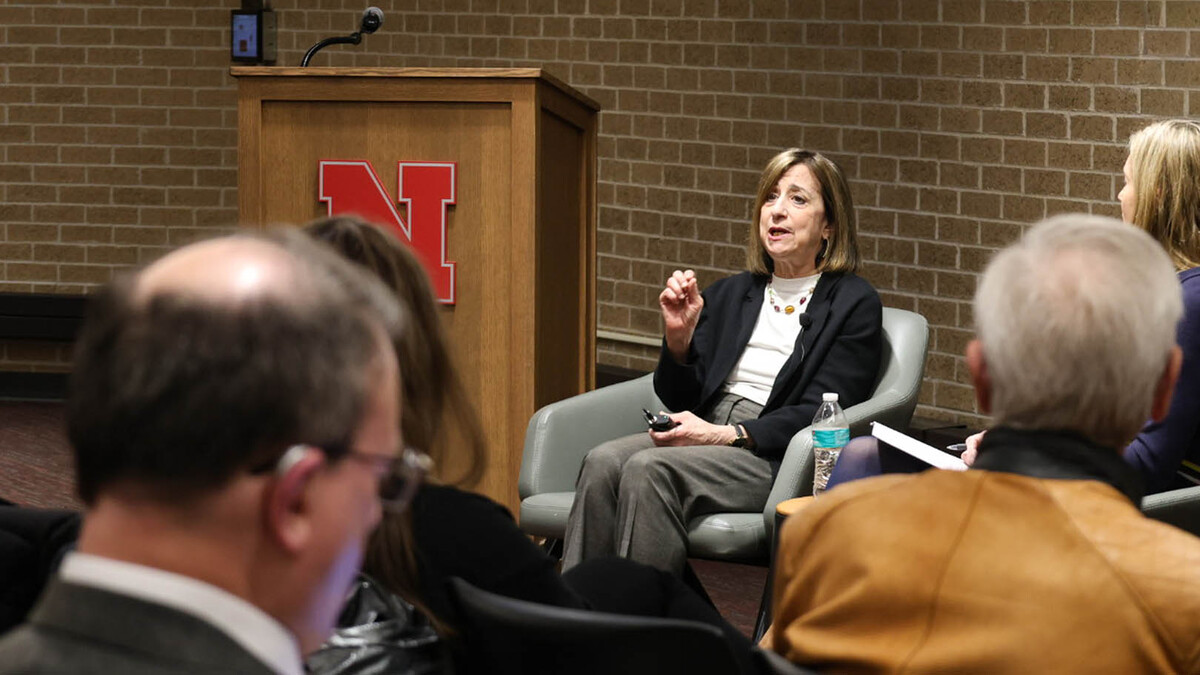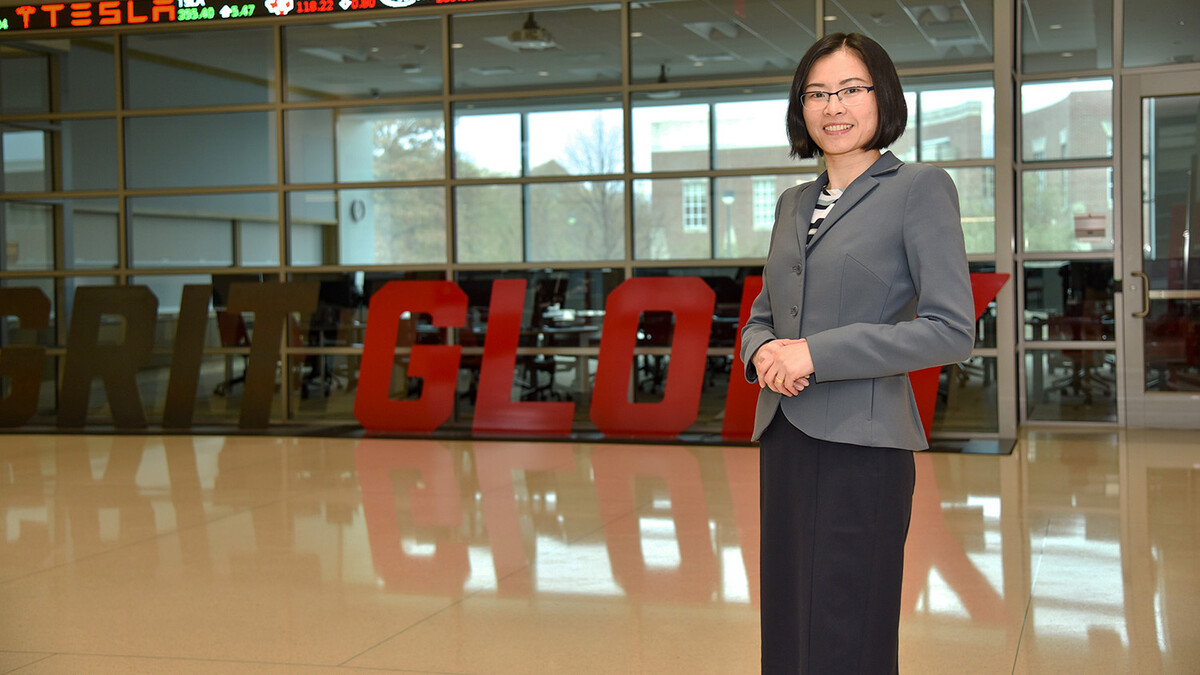Textiles, Merchandising and Fashion Design graduate students have taken their “Playing Dress Up: Growing Up and Going Out in 1960s Nebraska” exhibition online.
The exhibition, set up on the second floor of the Human Sciences Building, was designed and installed by students in Museums: Theory and Practice, a graduate seminar taught by Claire Nicholas. It features designer children’s clothing from the early to mid-1960s, a period very much on the “eve” of cultural and social revolutions in the United States. The 1960s also saw a continuation of the post-WWII rise in American affluence and consumer culture. This coincided with the nation’s booming population, many of whom were children in the 1950s and 1960s.
The growing market for children’s wear did not go unnoticed by the emerging American fashion industry. It was at this time that several prominent children’s clothing designers came into their own, several of whom have garments featured in this exhibition. Children’s clothing of the 1960s was designed with the active child in mind, and featured clean lines, bold colors, graphic motifs and prints, and A-line silhouettes.
The exhibition is divided into thematic vignettes that imagine how a child would have experienced dressing up and going out in Lincoln. Themes include a family trip to the Lincoln Children’s Zoo (which opened in 1965), winter holiday parties (and the trend for “Mother-and-Me” or “Look-a-Like” matching outfits), Arbor Day play dates (a Nebraska holiday), Fourth of July patriotic ensembles, and showing off German cultural heritage in a fashion forward “dirndl,” a style popularized by the 1965 release of “The Sound of Music.”
All of the children’s clothing featured in the exhibition is courtesy of Marilyn Forke, a longtime Lincoln resident who was both formally trained in fashion and textiles at the University of Nebraska–Lincoln and who possessed an enduring love of high-end design.
For the exhibition, Robin Forke, daughter of donor Marilyn Forke, shared her family’s history with the class. Additional assistance was provided by the Johnny Carson School of Theatre and Film and Heidi Warrington.
The virtual tour was edited and produced by Adria Sanchez-Chaidez, a graduate student in the textiles, merchandising and fashion design program.
